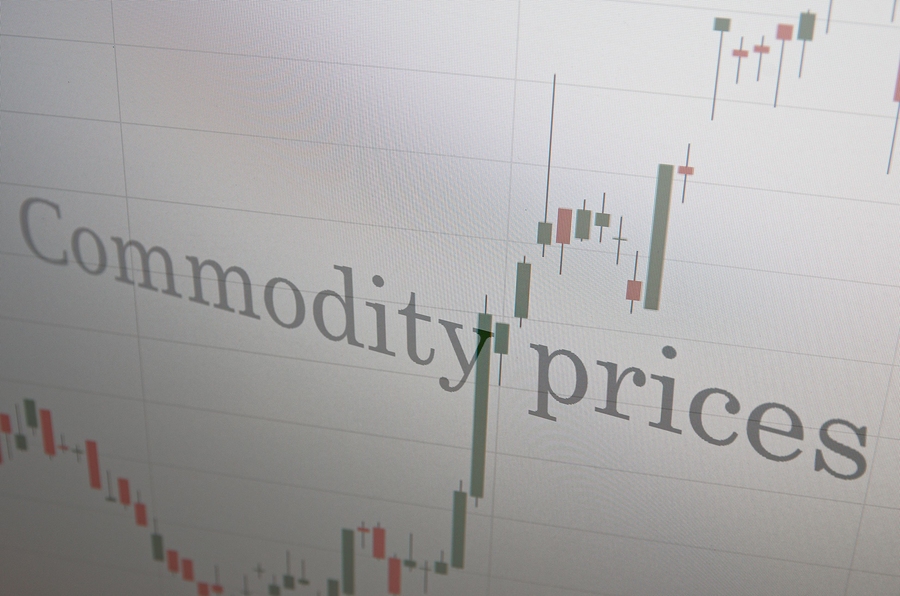The energy industry is undergoing dizzying changes. New technology, market complexity, shifts in the regulatory landscape, changes in cost-structures, demanding customers weigh on the C-suite. Executives must focus on profitability, customer service, and cost management. Pressures on the C-suite are substantial: find innovative ways to lower expenses, “get lean”, while growing top line revenues and ensuring superior customer service. Targeted C-suite energy analytics can help executives reach top-priority goals. We’ve talked about the cost-benefit of energy analytics in prior articles, like this one.

Where do C-suite energy analytics fit in to executive priorities?
Excellent information and analytics support C-suite priorities in 3 significant ways:
1. Getting lean
Energy analytics and software support boost productivity and enable the C-suite to “get lean” starting immediately. Growing organizations should be relying more on technology to manage operations, and less on individual effort. Whether an organization is acquisitive or in maintenance mode, the organization is best managed by investment in technology that allows the same team of individuals to manage more and more of the energy analytics effort.
A recent MWh implementation enabled the finance organization there to more than double the number of utility accounts they were managing without hiring additional staff. It even enabled the team to drop an FTE when a long-time employee retired.
2. Leveling the playing field
Sophisticated market information levels the playing field for large customers. Large energy consumers operate in commodity energy markets. And yet, thanks to a dearth of information and poor access to market data, you’ve been buying power and gas the way you procure paper clips. Large users should be managing risk and navigating energy markets in the same way that you manage interest rate risk—using financial data, forecasts and sophisticated analytical tools.
For example, MWh customers see supply savings of 5-10% from greater transparency and forward-looking capability.

3. Getting pro-active
Presentation of detailed cost profiles for large consumers can identify additional cost-saving opportunities and allow pro-active energy cost management. Large energy users that spend more time identifying trends and outliers are more effective at delivering lower operating costs. Sometimes, validating an effective measure is just as important for continuing to focus on that cost-saving exercise as identifying it in the first place.
For example, with the help of MWh cost analytics, an large energy user was able to determine that by carefully managing their building operation during key hours of the year, they could deliver over $500,000 of savings on capacity costs, representing significant cost avoidance for the client.
In addition to validating existing decisions, the analytics were able to identify additional cost saving opportunities that helped the organization meet cost-cutting goals.
Bottom line for energy and finance professionals: Make the case for getting energy analytics to your C-suite executives. Good energy data and analytics are essential to managing and achieving corporate objectives.
